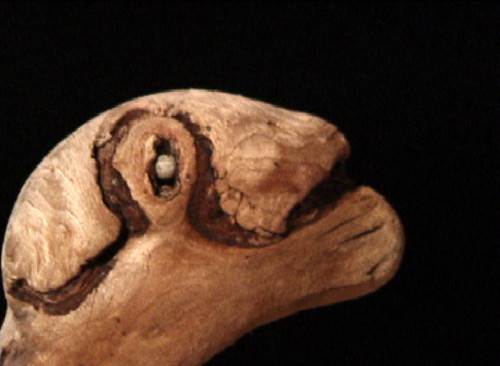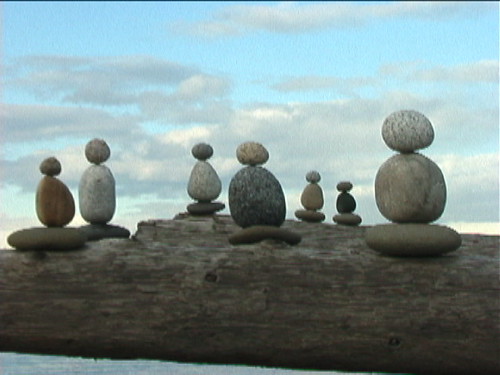 This is from my friend and colleague, Karen Stocker:
This is from my friend and colleague, Karen Stocker:You worry we may be disappearing.
You wonder if we've died, become lost or run away.
We give thanks you wonder! We like it when you Human People wonder.
Please wonder!...about our lives, our days, our ways of flying out and all the way home on any available breeze; our yellow pollen fuzz leggings and blur of glascene wings; our ancient intimacy with blossoms; the precise hexagonal wax of our edible hives; the amazing, thick, sweet medicinal translucence of honey; our dance vibrations languages and questioning antennas, our irresistably magnetizing queen, and faithful tender attentions to each of our precious jewel-like sleeping unborn; our reason for being bees.
Please wonder!...what is flight like in a tangle of satellite signals, cell phone fequencies, exhaust and high voltage wires? What does Life feel like without Her, without Them? What meaning can be made from the taste of sugar water and 'pollen substitute'? Can we be shipped by the thousands, thousands of miles in the chaos and din of metal eighteen wheelers? How many times can we land on the open petals of ancestrally welcoming flowers to find the heart we enter sprayed or engineered hostile?
Wonder Human Cousins, could you live like this? Released, would you come back?
with Respect and Love to our Human Cousins,
Bee People
Bumblebee on bramble, originally uploaded by SouthbankSteve.














